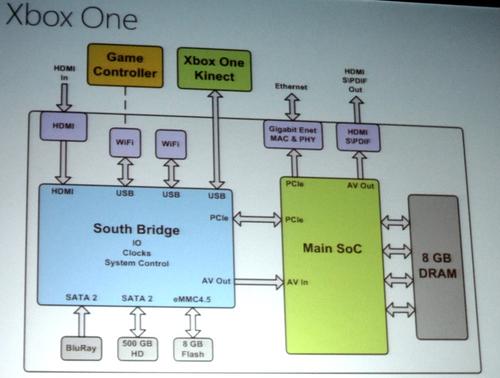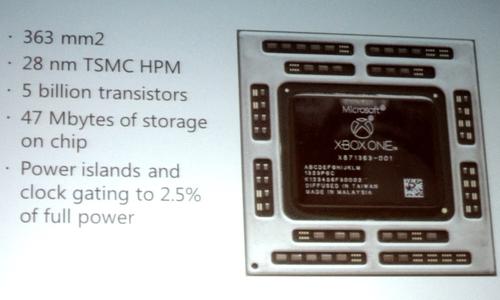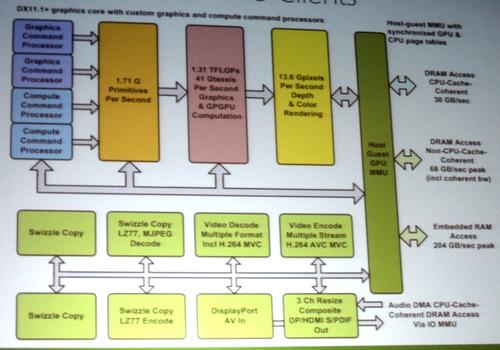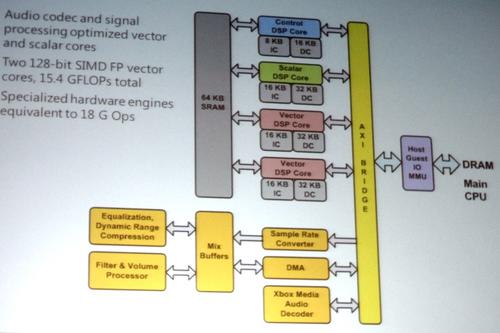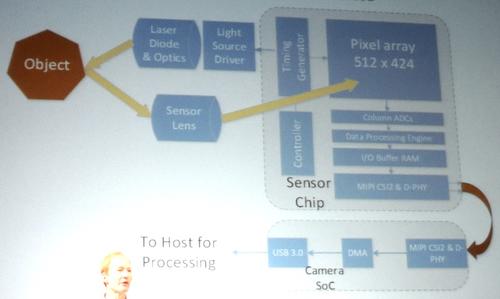On the 360, there is hardware for decoding XMA files, which is a much simpler subset of WMA. XAudio2 allows decoding of xWMA files too, but that's CPU side software only. The XMA decoder chip is rated at 320 channels, but in reality it generally maxes out lower than that. The 256 audio channels was calculated using a full core I believe, and that's using a very simple linear interpolation SRC, and possibly a filter and volume per channel.
All audio on the 360, other than XMA decompression, is software and uses the main CPU. Party chat, including codecs and mixing, happen in the system reservation. Game Chat, Kinect MEC and voice recognition, and all game audio happen in the game process and use game resources, including memory and CPU.
Game audio frequently uses an entire hardware thread, and I've seen games where it uses 3 hardware threads. Car racing games, in particular, can use upwards of a hundred voices on a single car.



